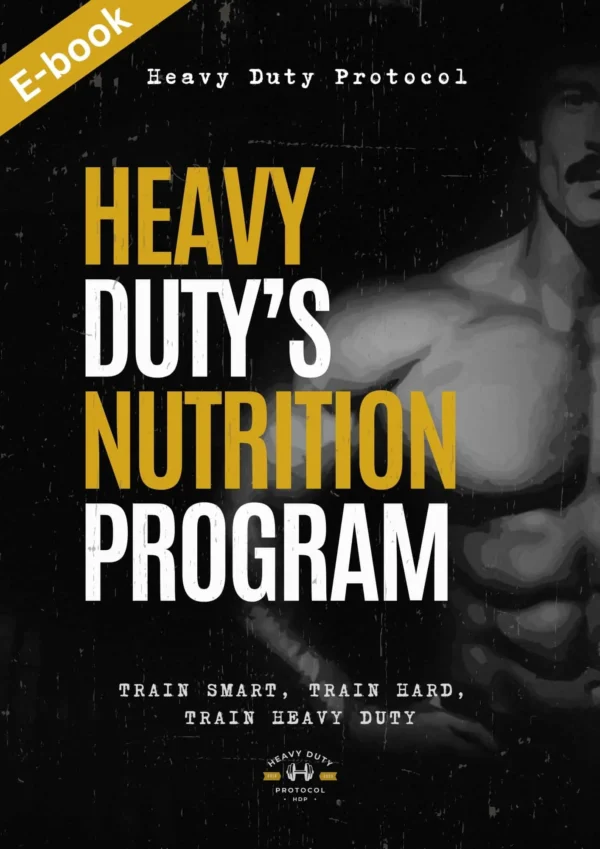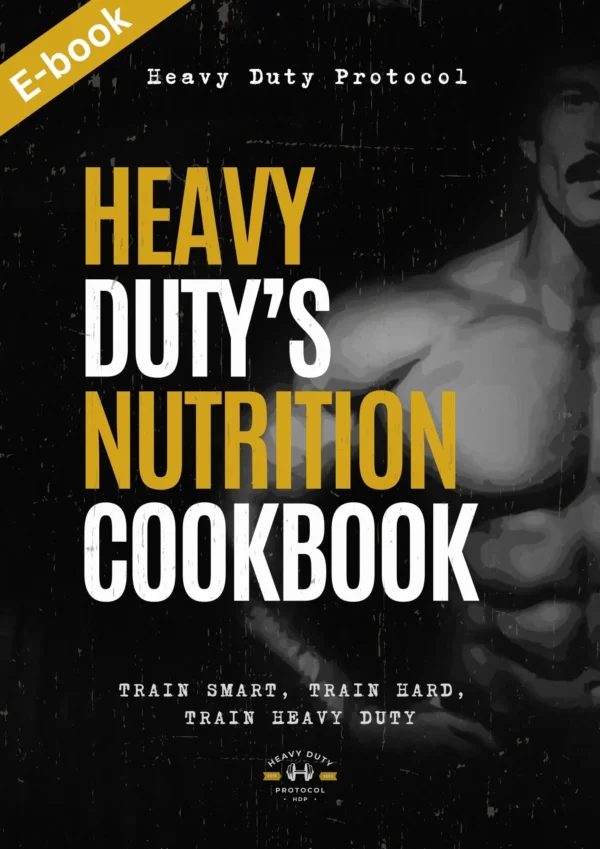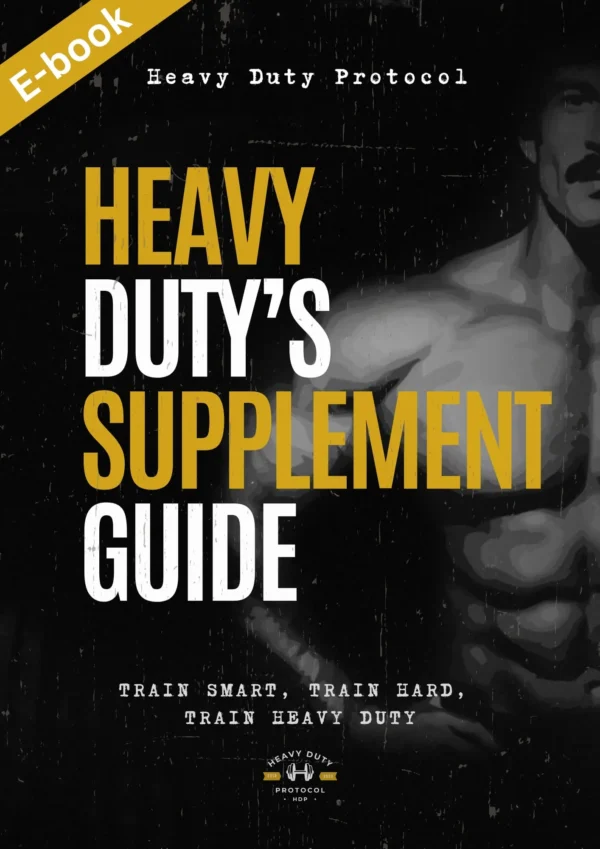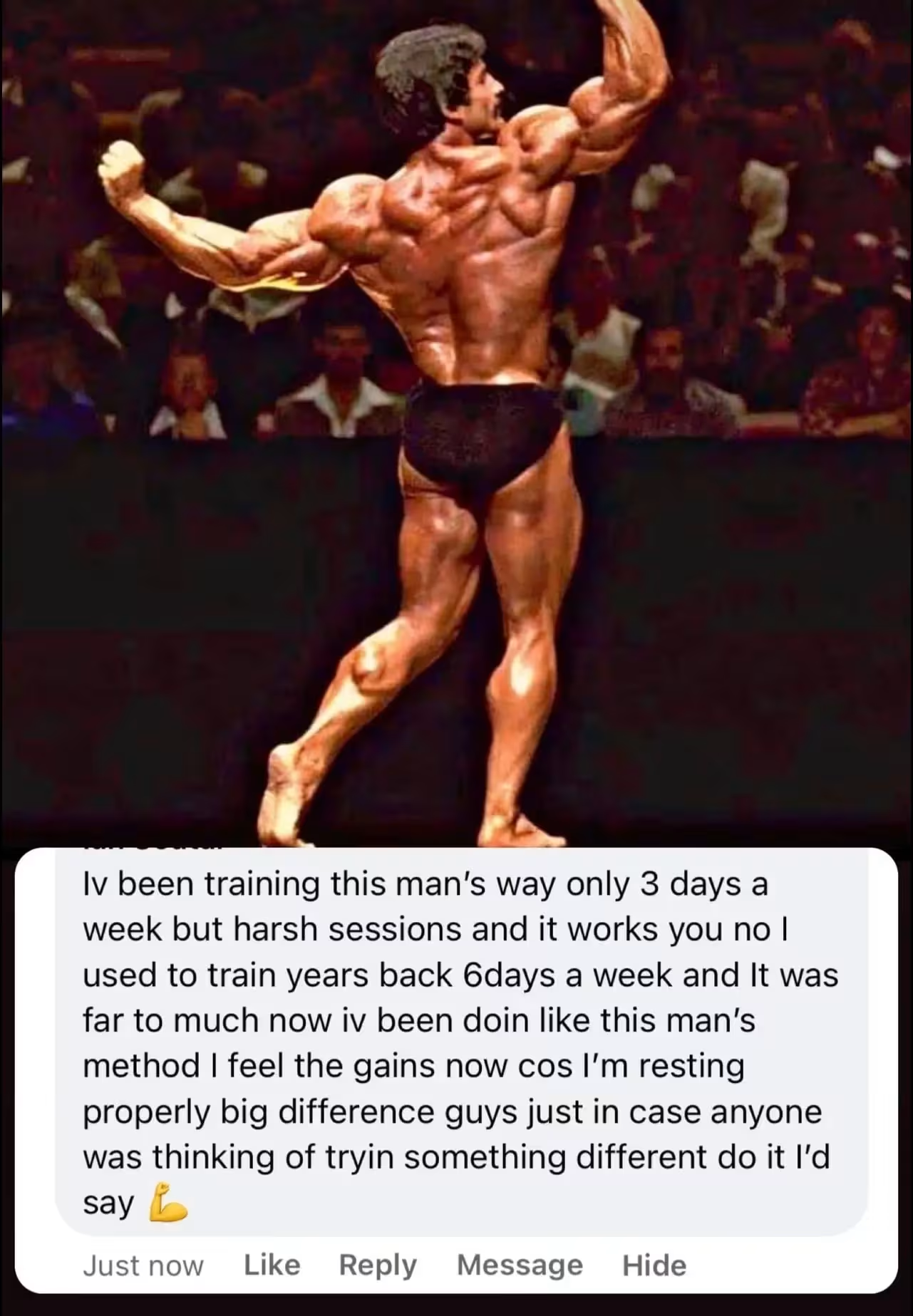Overcoming Workout Plateaus
Hitting a workout plateau can be frustrating, but it’s a natural part of any fitness journey. Whether your progress has stalled in strength, endurance, or muscle growth, breaking through a plateau is possible with the right strategies. Here’s how to overcome workout plateaus and keep moving toward your goals.
What Is a Workout Plateau?
A workout plateau occurs when your body adapts to your current training routine, causing progress to slow or stop. This can manifest as:
- Stagnant strength or endurance levels.
- No changes in muscle size or definition.
- Difficulty losing or gaining weight, depending on your goals.
Common Causes of Plateaus
- Lack of Variety: Repeating the same exercises and routines causes your body to adapt, reducing the stimulus for growth.
- Insufficient Recovery: Overtraining or inadequate rest can lead to physical and mental fatigue.
- Inconsistent Nutrition: Not meeting your caloric or macronutrient needs can hinder progress.
- Insufficient Intensity: If workouts are no longer challenging, your body won’t be pushed to improve.
Strategies to Overcome Plateaus
1. Change Your Routine
Variety keeps your body guessing. Try:
- Switching to new exercises targeting the same muscle groups.
- Altering your workout split (e.g., full-body workouts instead of push/pull/legs).
- Incorporating different training techniques like supersets, drop sets, or circuit training.
2. Increase Intensity
Push your limits by:
- Adding more weight to your lifts.
- Reducing rest times between sets.
- Increasing the number of sets or reps.
3. Focus on Progressive Overload
Gradually increasing the demands on your muscles is key. This can involve:
- Lifting heavier weights.
- Increasing resistance on machines or bands.
- Improving form to engage muscles more effectively.
4. Track Your Progress
Keeping a workout log helps you identify where progress has stalled. Monitor:
- Weights lifted.
- Reps and sets completed.
- Rest periods between exercises.
5. Prioritize Recovery
Ensure you’re giving your body enough time to repair and grow:
- Get 7-9 hours of sleep per night.
- Incorporate active recovery days with light activities like yoga or walking.
- Use foam rolling or stretching to reduce muscle tension.
6. Revamp Your Nutrition
- Protein: Ensure adequate intake for muscle repair (1.6-2.2 grams per kilogram of body weight).
- Carbs: Replenish glycogen stores with complex carbs like oats, quinoa, and sweet potatoes.
- Hydration: Drink plenty of water to optimize performance and recovery.
7. Set New Goals
Reignite motivation by:
- Setting specific, measurable targets.
- Shifting focus temporarily (e.g., from muscle growth to endurance).
- Rewarding yourself for small victories.
When to Seek Help
If you’ve tried multiple strategies and still feel stuck, consider:
- Consulting a personal trainer to evaluate your form and program.
- Getting a nutritionist’s advice to optimize your diet.
- Scheduling a health check-up to rule out underlying issues like hormonal imbalances.
Final Thoughts
Plateaus are a sign that your body has adapted to its current challenges, which means it’s time to level up. By making small adjustments to your training, nutrition, and recovery, you can break through barriers and continue progressing. Stay consistent, be patient, and remember that plateaus are a temporary hurdle on the road to success.








































